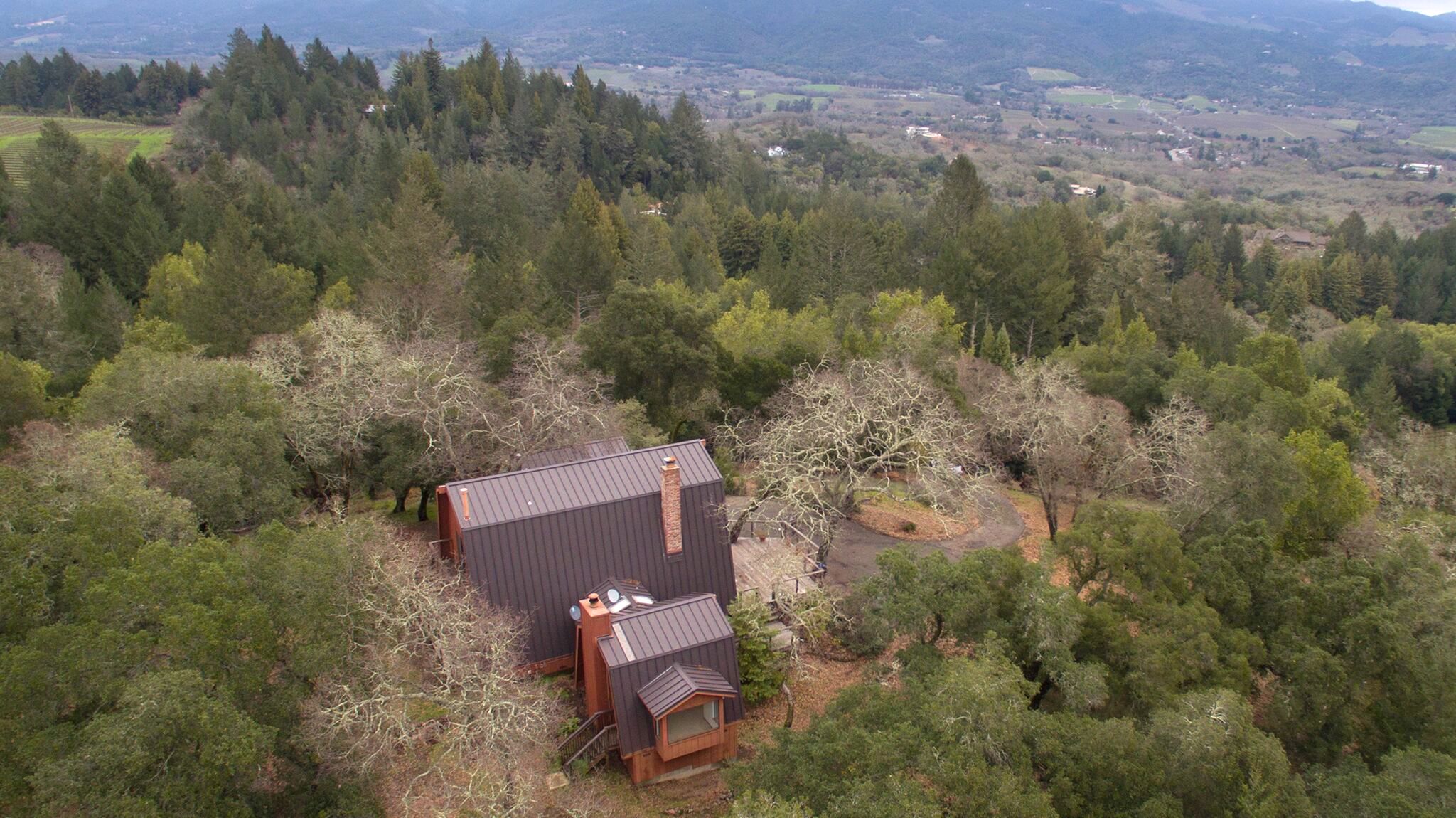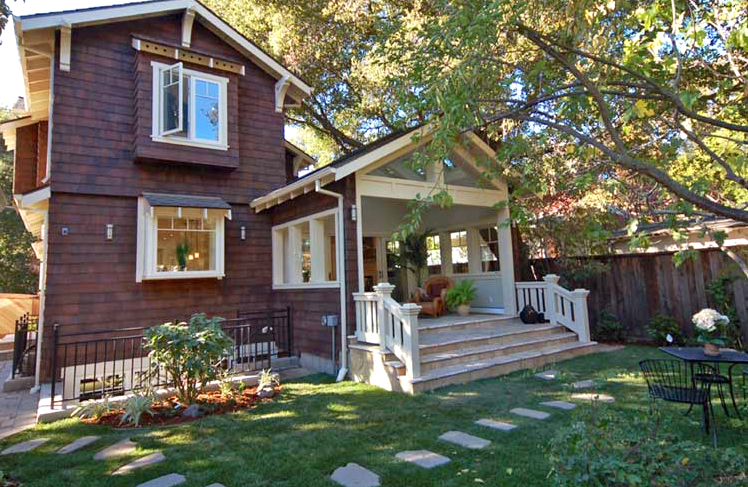
The risk for wildfire remains high in California through the autumn. Photo: American Ratings Corporation ©2018
This has already been a significant year for wildfires in California, with the Mendocino Complex Fire growing to the biggest in state history and Yosemite National Park closing to visitors for nearly three weeks. Unfortunately, the wildfire season isn’t over yet. In the Bay Area, we have at least another month until the autumn rains arrive, which means wildfires remain a risk for local residents.
While Californians may feel like they’re bombarded with wildfire information every summer, there remain some lingering myths about wildfires and wildfire preparedness. In this piece, we’ll try to parcel out fact from fiction and explain how your local fire department can help you reduce your home’s particular fire risk.
Wildfire Myths
Myth 1: Wildfires start naturally.
In California, 95 percent of all wildfires are caused by humans. Arsonists set a small portion of the blazes, but most are caused by inadvertent actions or irresponsibility. For example, wildfires have been known to be caused by sparks from lawnmowers and picnickers improperly extinguishing barbeque embers. As people move further into fire-prone areas, the risk for wildfires increases. With all this in mind, Californians should be vigilant about taking steps to reduce wildfire risk.
Myth 2: Wildfires only happen in the summer.
By the first day of autumn, most of the Bay Area has gone nearly six months without significant rainfall. Because the undergrowth is exceptionally dry by this time of year, the risk for wildfire is still great. Additionally, winds often strengthen in the autumn, which further increases fire danger. With climate change expected to raise temperatures and lower rainfall in California, scientists foresee wildfire as a year-round threat in the future.
Myth 3: Because wildfires are so unpredictable, there’s nothing I can do to protect my home.
There are many things homeowners can do to mitigate wildfire risk. A landscaper can help reduce the amount of easily flammable material around your property, which will slow down the approach of wildfire. This article explains in greater detail how to make a defensible space around your home.
Myth 4: I’ve created a defensible space around my home, so I can stay put during an evacuation warning.
A defensible space reduces the risk of wildfire to your home, but it doesn’t completely eliminate it. The tremendous winds generated by a wildfire can send smoldering debris from over a mile away onto a home. Some 90 percent of homes affected by wildfire are not in direct contact with the wall of flames but rather get scorched by embers. Even if you’ve created a defensible space, you should still follow local evacuation orders.
Myth 5: I can defend my home against wildfire using my property’s irrigation system.
The average sprinkler system will have little effect against the force of a wildfire. Not only do hoses and irrigation systems lack the pressure needed to combat strong flames, there’s no guarantee that you’ll even be able to use them as a fire approaches—electricity may be down and local water reserves may be diverted to firefighters.
Myth 6: If my property is affected by fire, I can clean up myself to save money.
Cleaning up after a fire is dangerous work and best left to trained professionals, such as fire damage restoration companies. Household paint or cleaning products may be unstable after exposure to extreme heat. Because walls, floors and ceilings may no longer be structurally sound, a professional should evaluate a fire-damaged home before reentry.
Myth 7: Insurance will pay for everything after a wildfire.
After a wildfire, a typical homeowners’ policy will cover structural damage and the cost to replace itemized belongings, but only up to a point. The payment you get from your insurance company will ultimately depend on the terms and conditions of your policy. Things start getting complicated when the fire also damages a car or if you had a home office that was covered by business insurance. Tenants must purchase renters’ insurance on their own; the insurance policy of the landlord will not cover tenants’ belongings. Review your policy to fully understand your coverage or contact a Diamond Certified insurance agency.

Making sure your roof and gutters are clear of debris can reduce your home’s wildfire risk. Photo: Sigura Construction, Inc. ©2018
Free Wildfire Risk Assessment by Your Fire Department
If you have concerns about your property’s wildfire preparedness, your local fire department may be your best resource. In Marin County, local fire departments will evaluate your home’s wildfire risk for free. This isn’t the same as an official fire inspection, but it will give you a thorough overview of your property’s weak points when it comes to wildfire safety. The assessment largely focuses on two areas of the home: the roof and the landscape.
Your roof: The biggest wildfire risk to homes is flying embers. The inspector will check for dried leaves and other flammable debris caught in the gutters or the eaves of the roof. They’ll also note if ventilation for crawlspaces and the attic have screens sturdy enough to prevent embers from reaching the home through these entry points. Contact a Diamond Certified gutter or roofing professional if the evaluation identifies any major problems.
Your landscape: The inspection will focus on plants, bushes and trees within reach of the house. Any trees overhanging the roof or gutters is cause for concern, but some plants are much more flammable than others. Juniper, for example, was a very common landscaping choice for Bay Area properties 50 years ago. Unfortunately, juniper’s oils make the plant especially combustible, and once ignited, it can produce flames high enough to reach a roof. Fire departments also advise against using mulch as groundcover near your home, as it can easily ignite during wildfire conditions. A Diamond Certified tree service or landscaper can help improve your property’s fire safety.
